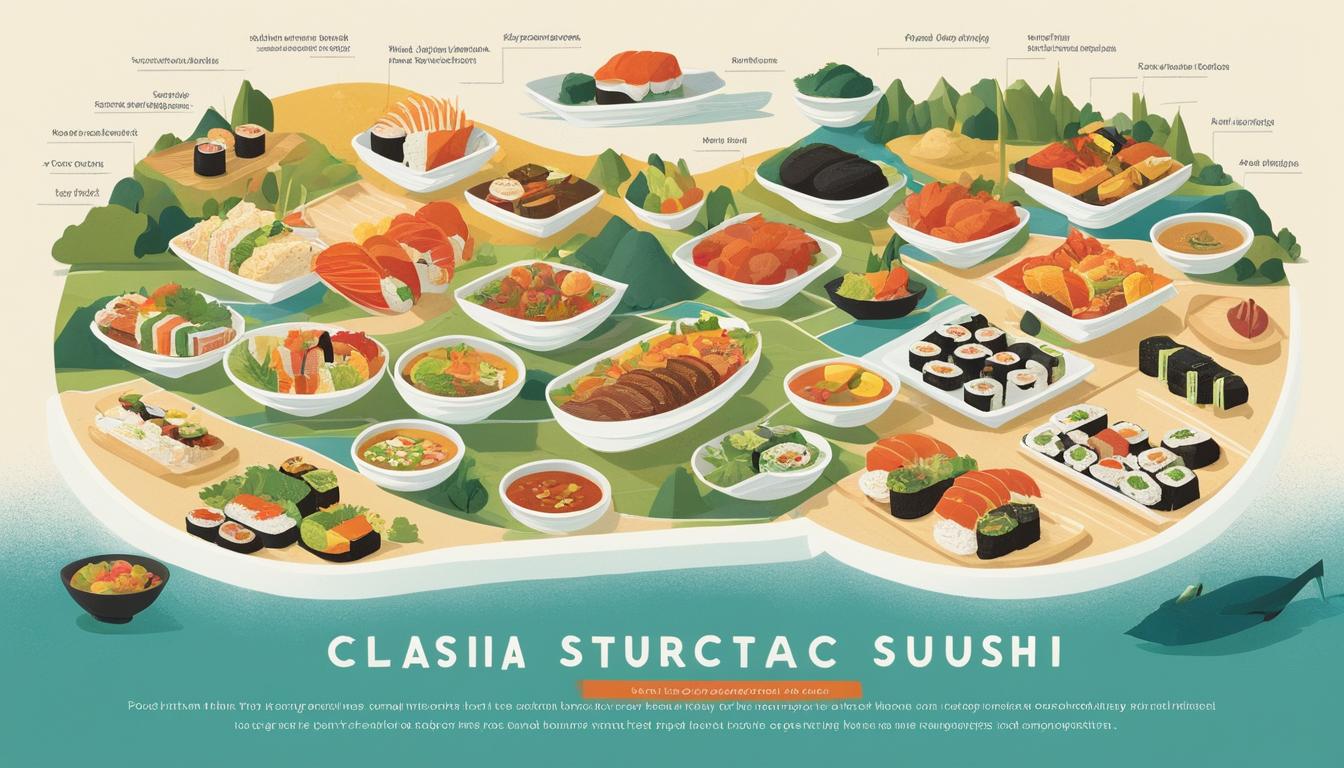How Do Diets Of Different Cultures Differ? Quick Facts for Instant Clarity

Diets vary significantly across different cultures around the world. Factors such as geography, climate, history, religion, and socio-economic conditions play a significant role in shaping the dietary patterns of different cultures. Cultural diet differences can be seen in the types of foods consumed, food preparation methods, meal frequency, portion sizes, and the significance of certain foods in cultural rituals and traditions. These differences contribute to the diverse eating patterns across cultures and highlight the importance of understanding and appreciating cultural variations in food consumption.
Key Takeaways
Several key factors influence cultural diet differences. Geography, climate, religion, socio-economic conditions, and historical influences all play a significant role in shaping the different dietary patterns across cultures.
- Geography: The impact of geography on diets is profound. It determines the availability of certain foods in different regions. Coastal areas often have a greater emphasis on seafood consumption, while inland areas rely more on grains and vegetables.
- Climate: Climate also affects food choices. Hot climates tend to favor lighter, refreshing meals, while colder climates may lead to the consumption of hearty, warming foods.
- Religion: Religious dietary restrictions can significantly influence cultural diet differences. Religions such as Hinduism, Buddhism, and Islam have specific guidelines on what can and cannot be consumed, affecting the food choices of their followers.
- Socio-economic conditions: Socio-economic factors, such as income level and access to food, play a vital role in shaping diets. Individuals with lower incomes may have limited access to nutritious and diverse food options, impacting their dietary choices.
- Historical influences: Historical events and cultural heritage have shaped eating patterns throughout history. For example, the colonization of certain regions has led to the introduction of new foods and culinary traditions, influencing the local diets.
In Short, "How Do Diets Of Different Cultures Differ"?
Understanding and embracing the differences in diets among cultures is important for promoting cultural diversity and fostering cultural understanding. Exploring global culinary traditions allows for a deeper appreciation of different cultures and their unique food heritage. By embracing cultural diversity in food, we can celebrate and learn from the richness of global culinary traditions.
One of the benefits of cultural exchange through food is the opportunity to promote cultural understanding. Sharing meals and experiencing diverse foods can create a sense of unity and harmony, bringing people from different cultures closer together. Food has a way of breaking down barriers and opening up dialogue, allowing individuals to engage in meaningful conversations and gain insights into each other's traditions.
When we explore different culinary traditions and celebrate the cultural differences in diet, we not only expand our palates but also gain a deeper understanding of the diverse world around us. Every culture has its own unique flavors, ingredients, and cooking techniques. By embracing these differences, we can broaden our culinary horizons and develop a greater appreciation for the richness and diversity of global cuisines.
So let's embark on a journey of exploration and celebration, as we explore the diverse diets of different cultures. By embracing cultural diversity in food, we can promote cultural understanding, foster unity, and create a more inclusive society.